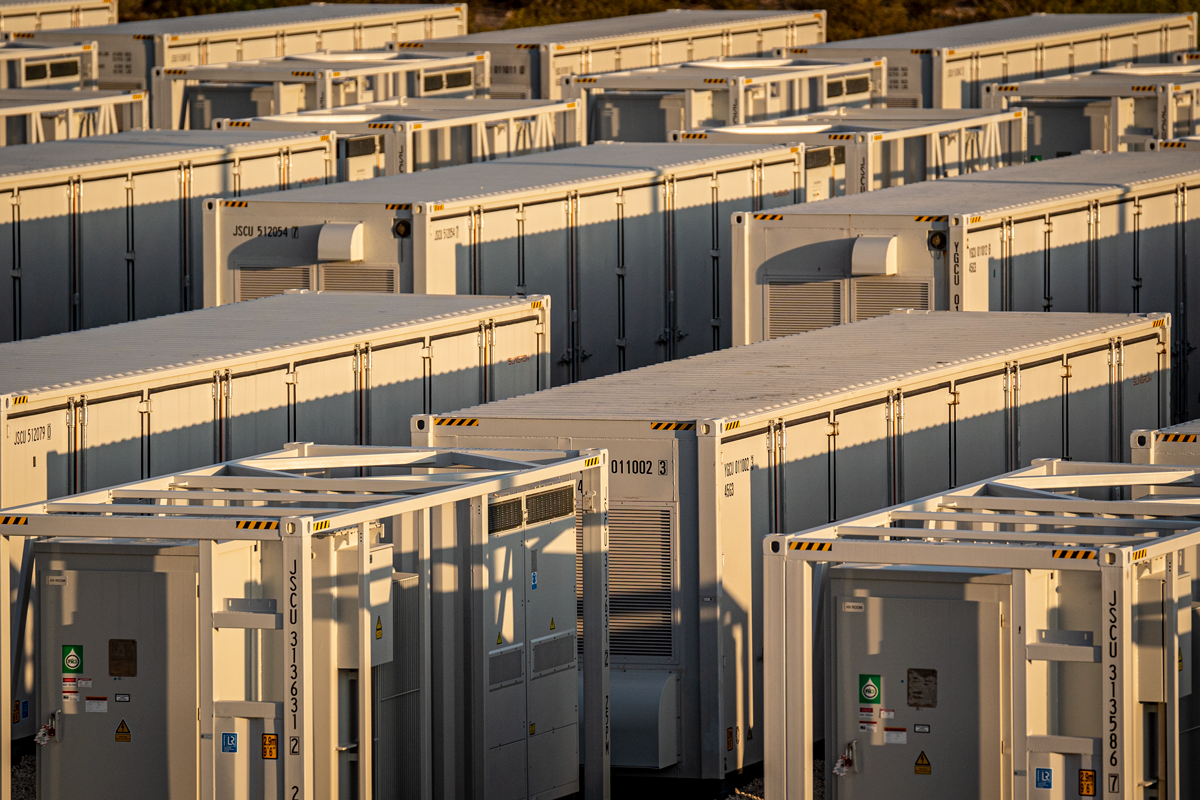Lummus Technology Partnerships Designed to Build Sustainable Solutions that Advance the Circular Economy
Published Feb 05, 2024 by Taylor Tatum
Following the recent announcement of Lummus' new partnership with Toshiba Energy Systems and Solutions Corp. to pioneer advanced carbon capture solutions, the Partnership had a chance to sit down with Lummus' Ajay Gami, Chief Corporate Development Officer, and Matthew Braud, Head of Global Marketing and Communications. They discussed the company's recent partnerships and how they are developing technology solutions to create a more sustainable, low-carbon future amid the growing complexity and interconnectedness of energy systems, thus supporting the regional growth and development of the greater Houston region's energy industry.
"Lummus is proud to partner with true innovators to develop and scale sustainable solutions."
According to Gami, partnerships are a fundamental tenet for Lummus, acting as the cornerstone of their business growth model. Realizing the need for different technologies to combat the challenges the world is facing with regards to climate, emissions and an overall shift to more sustainable life cycle management of everyday products, Lummus continues to partner with numerous companies to accelerate the development of their technologies for a more sustainable future.
"Lummus Technology started very small with only a handful of technologies, and we grew by entering into these partnerships and effectively leveraging them. Now, it really has become part of our business and part of our business model. With partnerships, there are a ton of benefits - we can achieve faster time to market, leverage economies of scale, enhance innovation and develop technologies that tackle some of the industry's biggest challenges."
Lummus engages with global players such as Saudi Aramco and Chevron, but the company also dedicates its efforts to serving as a launchpad for emerging startups, facilitating the scaling and deployment of their offerings.
Recently, the company announced its partnership with Resynergi, a California-based startup that is revolutionizing plastic recycling through the use of microwave technology, building on its initial foray into the field with New Hope in 2020. Recognizing the transformative potential of these innovations, Gami emphasized Lummus' commitment to fostering partnerships, nothing that while Resynergi and New Hope operate in similar spaces, their technologies cater to different categories, enabling Lummus to address plastic recycling on both industrial and niche scales, while also supporting other companies utilizing ethanol to create plastic.
In addition to recycling plastic, Lummus is also prioritizing the reduction of waste generation as part of its efforts to enable the energy industry in the environmentally sound management of hazardous waste. In 2023, Lummus acquired assets from Siemens Energy's water solutions portfolio that can be used to treat wastewater generated by various industries that would otherwise have significant impact on our water resources if discharged to the environment. In addition to waste treatment, the technology can be used to recycle the wastewater back through the process, thus reducing the fresh water demand of the facility.
"What we're trying to look at is how we can advance technologies that support the sustainability and net zero goals from the UN, our industry, our customers and society. For that, you need certain niche technologies, and a quicker, faster model to get those technologies developed is through partnerships."
Looking ahead, Lummus is now spearheading initiatives in the bio space, which is reflected in its new partnership with RWDC, a biotechnology company developing biopolymer material solutions. The partnership will help both companies rapidly expand manufacturing and global licensing of polyhydroxyalkanoates (PHA), which are not only naturally sourced, but also biodegradable, thereby reducing fossil fuels use and environmental damage caused by the improper disposal of plastic waste or landfilling.
Additionally, the company has teamed up with NET Power to provide heat transfer equipment for its near-zero emissions power generation process.
In cultivating these strategic partnerships, Lummus has benefitted greatly from its membership with the Greater Houston Partnership. For Gami, the exposure that Lummus receives and the opportunity to talk with people at all different levels has been valuable, especially following its establishment as a standalone company in 2020. According to Braud, their need to get a new brand, identity and leadership team out in the community and among Houston's business leaders was a key factor in their decision to join the Partnership. Being part of Houston's business community has opened up additional opportunities and created more potential for fostering their next partnership, Gami added.
"Houston, like Lummus, has the opportunity to lead the energy transition. Houston has the experience, the talent and the advantages to remain the Energy Capital of the World but also to really lead the energy transition. Houston has the experience in building and executing these big energy projects and infrastructure projects that have been groundbreaking in the past and will continue to be in the future."
To learn more about Houston's energy industry or to get involved with the Energy Transition Committee, contact Sara Muhammad Malik at smalik@houston.org
 The Houston Report
The Houston Report




















